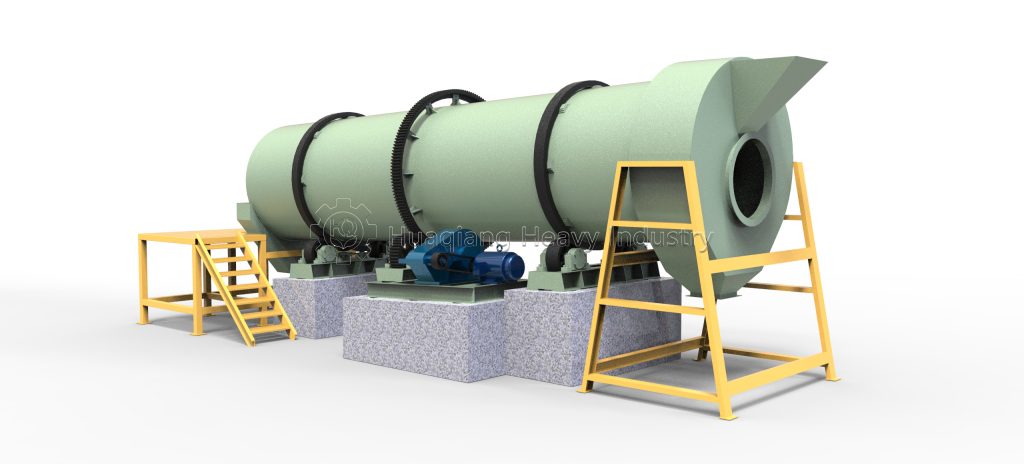Rotary Drum Granulator: The Core of Fertilizer Mass Production?
In large-scale fertilizer production workshops, you’ll always see a constantly rotating “huge machine”—the drum granulator. With its impressive production capacity, it’s become the workhorse of compound and organic fertilizer production. But did you know? A drum granulator alone can’t fulfill production tasks; from raw materials to finished product, it relies on a host of supporting equipment.

As the core of mass production, the power of the drum granulator cannot be underestimated. As its cylindrical drum slowly rotates, the internal lifting plate continuously stirs the raw materials. Combined with the applied binder, the powdered materials gradually agglomerate into uniform granules.Whether it’s compound fertilizers requiring high hardness or organic fertilizers rich in organic matter, it can easily handle them, processing 10-50 tons of raw materials per hour with a consistently high pelletizing rate of over 90%, perfectly meeting the needs of large-scale production.
The drum granulator’s efficient output relies on the close coordination of upstream and downstream equipment. Initially, the crushing equipment breaks down bulky raw materials into a uniform powder for granulation. The batching system precisely controls the ratios of nitrogen, phosphorus, potassium, and other elements to ensure the fertilizer’s nutrient content meets standards. Later, the freshly formed wet pellets enter a dryer for rapid dehydration in a high-temperature airflow. A fertilizer cooler then cools the hot pellets to room temperature to prevent clumping.Finally, a screening machine selects granules of acceptable size. Unacceptable particles are returned to the granulator for reprocessing before being sealed and packaged by an automatic packaging machine. This complete process is both efficient and precise.
Today, global agricultural demand for high-quality fertilizers continues to grow. A production line consisting of a rotary drum granulator and supporting equipment can ensure both production output and strict quality control, providing strong support for increasing agricultural income.
